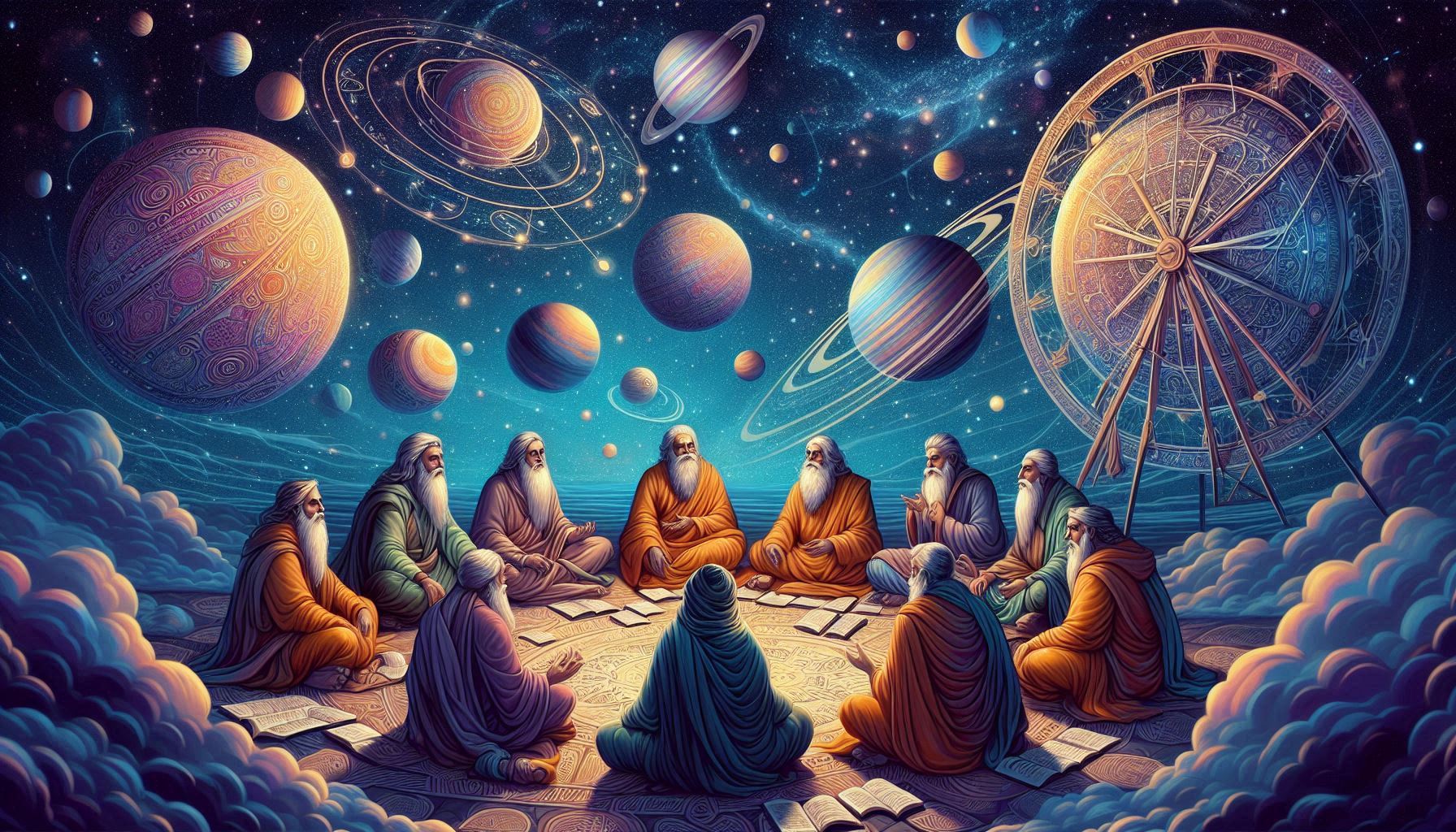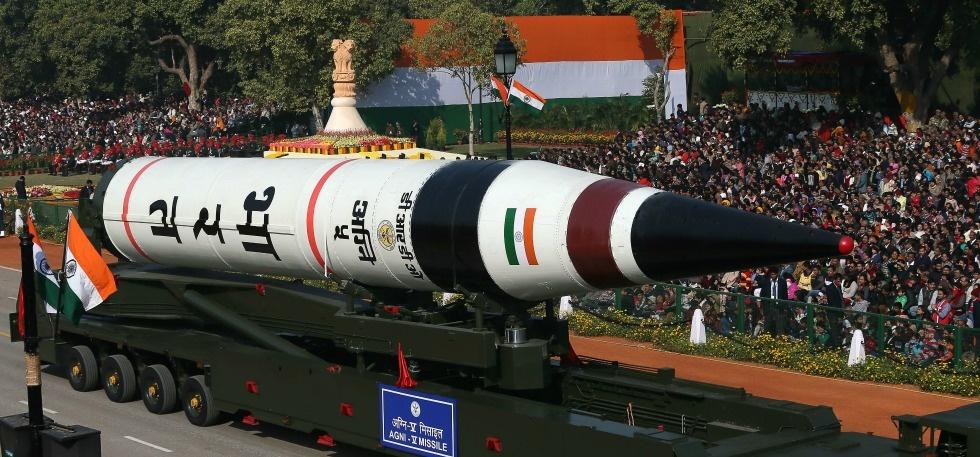Echoes of Exile: The Plight of Kashmiri Pandits, A Lost Heritage


In 1339 CE, Shah Mir ascended the throne, assuming the name Shams-ud-Din. During Qutub-ud-Din’s reign, Sayyid Ali Shah Hamadan (Shah-e-Hamadan), a Kubrawiya Sufi, catalysed the Islamization project, enforcing the famous code of Shah-e-Hamadan. This code, resembling the tenets of the 2nd Sunni Caliph Umar (The Pact of Umar or Zimma), outlined stringent regulations impacting Hindus, reminiscent of oppressive decrees in history, akin to Hitler’s code for the Jews.
Kashmir stands as a unique geographical entity within the Indian Subcontinent, boasting centuries of recorded history. Kalhana’s Rajatarangini stands as a classic, tracing Kashmir’s history over several centuries. Kalhana initiates this historical journey from the time of Gonanda I, around the 7th century BCE, yet its accurate chronology materializes during the rule of the Karkota Dynasty. Notably, Lalitaditya Muktapida, the most illustrious king of this era (697–733 CE), expanded the Karkota Empire extensively, spanning from the Caspian Sea’s edge to Prāgajyotisha (Assam) in the East and the Rashtrakutas’ boundary in the South.
The reigns of the Karkota, Utpala, and Lohara dynasties epitomized a renaissance across art, literature, science, mathematics, spirituality, logic, and material development. Abhinavagupta, a polymath of extraordinary calibre, shines as Kashmir’s brightest gem, flourishing during the 10th and 11th centuries. His legacy extends beyond Kashmir Shaivism, encompassing multiple scholarly domains. Successive dynasties, like Utpala and Lohara, sustained this cultural efflorescence until 1315 CE.

The period from 1315–1339 CE signifies a phase marred by turmoil, marked by shifting powers and instability. Suhadeva, the final stable king of the Lohara dynasty, ruled until 1320 CE. However, his asylum to individuals like Shah Mir from Swat Valley, the Chaks from Dardistan near Gilgit, and Bulbul Shah and Rinchan from Ladakh invited a Turkish invasion in 1320, plunging Kashmir into chaos. Queen Kota Rani, widow of Suhadeva’s brother, Udayanadeva, resisted for a time, yet conflicting accounts surround her fate, with one narrative suggesting her marriage to Shah Mir and her demise on their wedding night—whether treacherously killed or by her own hand remains disputed.
In 1339 CE, Shah Mir ascended the throne, assuming the name Shams-ud-Din. During Qutub-ud-Din’s reign, Sayyid Ali Shah Hamadan (Shah-e-Hamadan), a Kubrawiya Sufi, catalysed the Islamization project, enforcing the famous code of Shah-e-Hamadan. This code, resembling the tenets of the 2nd Sunni Caliph Umar (The Pact of Umar or Zimma), outlined stringent regulations impacting Hindus, reminiscent of oppressive decrees in history, akin to Hitler’s code for the Jews.
- No fresh constructions and repairs allowed of Hindu temples and shrines
- They shall not ride a harnessed horse and not move about with arms
- They shall not wear rings with diamonds and mustn’t deal in or eat bacon
- They shall not exhibit idolatrous images and should not build houses in neighbourhoods of Muslims
- They shall not dispose of their dead near Muslim graveyards, nor weep nor wail over their dead
- No Muslim traveller shall be refused lodging in the Hindu temples and shrines where he shall be treated as a guest for three days by non-Muslims
- No problem shall be created for those non-Muslims who, on their own will, show their readiness for Islam
- Non-Muslims shall honour Muslims and shall leave their assembly whenever the Muslims enter the premises
- The dress of non-Muslims shall be different from that of Muslims to distinguish themselves.
Try and find similarities with Hitler’s code for the Jews!

The darkest chapter ensued during Sultan Sikandar Shah’s rule (1389–1413 CE), infamously known as Sikandar Butshikan (destroyer of idols). His collaboration with Muhammad Hamadani, son of Shah-e-Hamadan, unleashed a reign of terror resembling the ISIS, with the desecration of Hindu temples, forced conversions, plunder, and atrocities, culminating in the ‘First Exodus’ of Kashmiris.
Zain-ul-Abidin’s reign (1420–1471 CE) ushered in a relatively moderate period. He purportedly abolished jizya, halted cow slaughter, and allowed the reconstruction of temples.
The era of Chaks, under Fateh Shah II (1505–1514 CE), influenced by Noorbakshi Shi’a Sufi Shams-ud-Din Araqi, saw a resurgence of Hindu oppression, leading to the ‘Second Exodus’ of Kashmiri Hindus.
By 1561 CE, the Shah Miri dynasty disintegrated, eventually falling under Akbar’s rule in 1585 CE. Subsequent rulers toggled between moderation and intolerance, with instances of forced conversions and religious oppression.

Notably, periods under Sikh (1819-1846) and Dogra (1846-1947) rules witnessed religious tolerance, where the majority Muslim population didn’t face religious discrimination. Maharaja Ranjit Singh, founder of the Sikh Empire, exemplified this tolerance by appointing Muslims, Hindus, and Sikhs to key governmental positions.
Despite these moments of tolerance, the Kashmiri Pandit community endured successive waves of exoduses in 1931, 1950–1980, and 1989–1990, depicting a tapestry woven with religious diversity, political turmoil, and cultural resilience.
PS: This historical narrative illuminates the challenges faced by Kashmiri Hindus, demanding recognition, accountability for past injustices, advocacy for their protection and return, and the preservation of their unique heritage. Advocating for an inclusive future, where Kashmiri Pandits can return home, practice their faith freely, and contribute to the region’s rich culture, requires collective action and unwavering commitment to justice and reconciliation.









